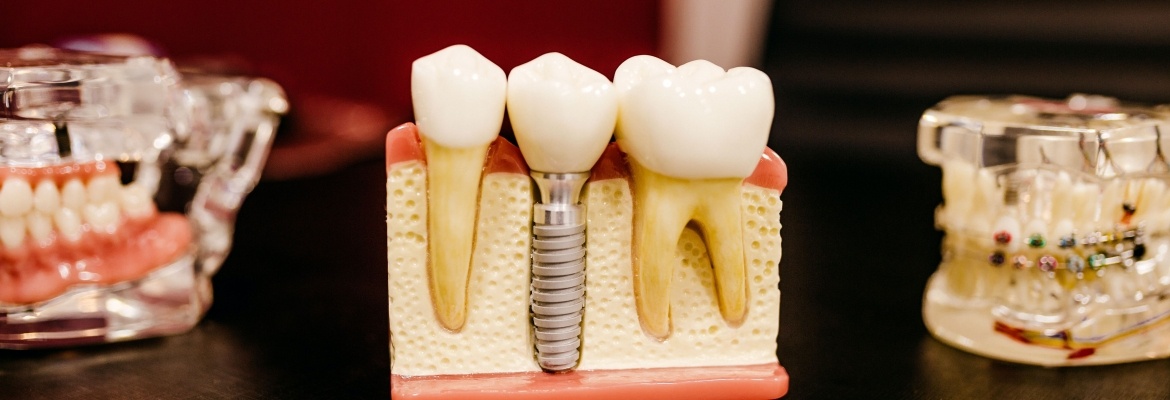Using impression material to accurately record the gums for denture fabrication, reline, rebase, repair, etc.
This refers to recording jaw relationships to judge the proper placement of denture teeth.
An opportunity to observe the appearance and check the bite of the denture(s) before they are completed. This is a good opportunity to make changes to appearance and function before finishing.
The dentures are completed and are ready to wear after being examined by a professional. Generally, minor adjustments will need to be made at this appointment or in the near future to account for indifferences in the tissue, biting patterns, phonetics, etc.
A removable prosthesis replacing missing teeth, generally with metal clasps and or rests. This is only ideal when the remaining teeth and tissues are adequate to support this type of partial.
Documentation required for construction of a cast metal partial denture. This documentation is completed by a dentist and confirms the integrity of the remaining teeth and tissues that are adequate to support a cast partial.
A partial denture constructed mainly of acrylic plastic, generally with the intent of being a temporary or transitional partial denture.
A denture without clasps that is fitted over or around remaining tooth structures. The viability of this type of prosthesis again relies on the health of the remaining teeth and tissues, as well as anatomical allowances.
Generally, dentures fabricated to be placed immediately are made after natural teeth are removed with the knowledge that tissues will undergo significant change. After teeth are removed, it takes 6-12 months for not only the gums to heal, but for the underlying bone structure to reconfigure to a stable form. To maintain fit and function, careful maintenance and follow-ups with your provider will be crucial to success, as well as relining, rebasing, or remaking the dentures being a part of the treatment plan after these changes have occurred.
Alterations made to a denture through a variety of means to acquire improved fit, comfort, esthetics, etc.
Relining is the reconstruction of the tissue bearing surface of the denture with a new impression to improve the fit.
Rebasing is the reconstructing of the entire denture base (not including the denture teeth) with a new impression to improve the fit and potentially strengthen the denture base if needed.

